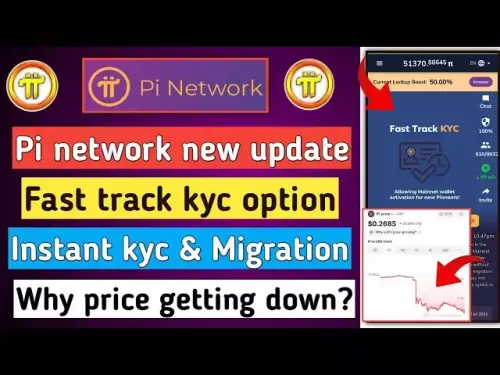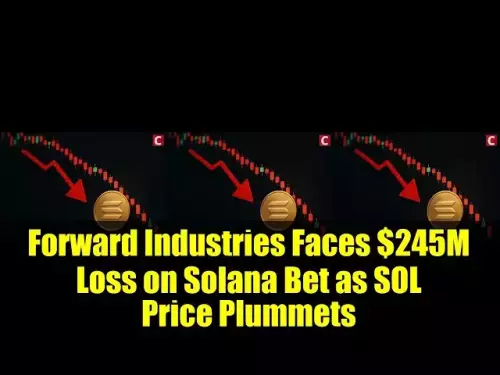-
 bitcoin
bitcoin $109667.069529 USD
-3.03% -
 ethereum
ethereum $3936.685804 USD
-4.07% -
 tether
tether $1.000493 USD
0.01% -
 xrp
xrp $2.771823 USD
-4.74% -
 bnb
bnb $957.805027 USD
-5.34% -
 solana
solana $196.735100 USD
-6.68% -
 usd-coin
usd-coin $0.999727 USD
-0.01% -
 dogecoin
dogecoin $0.227355 USD
-5.12% -
 tron
tron $0.335205 USD
-0.81% -
 cardano
cardano $0.779256 USD
-3.59% -
 ethena-usde
ethena-usde $0.999900 USD
-0.06% -
 hyperliquid
hyperliquid $42.492095 USD
-6.61% -
 chainlink
chainlink $20.501853 USD
-4.34% -
 avalanche
avalanche $28.952606 USD
-11.21% -
 stellar
stellar $0.356038 USD
-3.93%
What data is included in the VWAP calculation Does the previous day's closing price have a big impact
VWAP, a key trading benchmark, is calculated using the price and volume of each trade throughout the day, and is not directly affected by the previous day's closing price.
May 21, 2025 at 05:15 pm
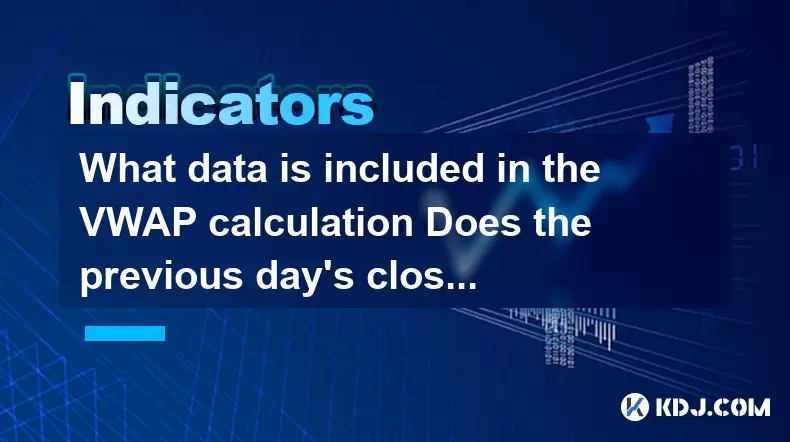
The Volume Weighted Average Price (VWAP) is a trading benchmark used by traders and investors to gauge the average price at which a cryptocurrency has traded throughout the day, weighted by volume. It is a crucial metric for making informed trading decisions. In this article, we will delve into the data included in the VWAP calculation and explore whether the previous day's closing price has a significant impact on it.
Understanding VWAP Calculation
VWAP is calculated by taking the total dollar value of all trading periods divided by the total trading volume for the same period. The formula for VWAP is as follows:
[ \text{VWAP} = \frac{\sum (P_i \times V_i)}{\sum V_i} ]
Where:
- ( P_i ) is the price of the trade at interval ( i ).
- ( V_i ) is the volume of the trade at interval ( i ).
The calculation typically begins at the market open and continues throughout the trading day, updating with each new trade.
Data Included in VWAP Calculation
To calculate VWAP, the following data points are necessary:
- Price of each trade: This is the price at which each trade occurs during the trading day.
- Volume of each trade: This represents the number of units traded at each price point.
- Time of each trade: Although not directly used in the formula, the time is important for segmenting the data into intervals.
These data points are collected in real-time throughout the trading day. Each trade's price and volume are used to compute the cumulative total dollar value and the cumulative total volume, which are then used to derive the VWAP.
Does the Previous Day's Closing Price Impact VWAP?
The previous day's closing price does not directly factor into the VWAP calculation. VWAP is a measure of the average price paid for a cryptocurrency during the current trading day, weighted by volume. Therefore, it is independent of the previous day's closing price.
However, the previous day's closing price can indirectly influence the VWAP through its impact on the opening price of the current trading day. If the market opens at a price significantly different from the previous day's close, it can affect the initial trades and, consequently, the VWAP for the day. But this influence is indirect and depends on the market dynamics at the opening.
How to Calculate VWAP Manually
For those interested in calculating VWAP manually, here is a step-by-step guide:
- Collect data: Gather the price and volume of each trade throughout the trading day. This data can be obtained from trading platforms or cryptocurrency exchanges.
- Calculate the total dollar value: For each trade, multiply the price by the volume. Sum these values to get the total dollar value.
- Calculate the total volume: Sum the volumes of all trades.
- Compute VWAP: Divide the total dollar value by the total volume.
Here is an example of how to do this using a hypothetical dataset:
- Trade 1: Price = $100, Volume = 10
- Trade 2: Price = $105, Volume = 20
- Trade 3: Price = $110, Volume = 30
Total Dollar Value = (100 × 10) + (105 × 20) + (110 × 30) = 1000 + 2100 + 3300 = 6400Total Volume = 10 + 20 + 30 = 60
VWAP = 6400 / 60 = $106.67
Using VWAP in Trading Strategies
VWAP is often used by traders to make informed decisions. Here are some common ways traders utilize VWAP:
- Price comparison: Traders compare the current market price to the VWAP to determine if the asset is overvalued or undervalued. If the price is above the VWAP, it may be considered overvalued, and if below, undervalued.
- Entry and exit points: Traders may use VWAP as a benchmark for entering or exiting trades. For example, buying when the price dips below the VWAP and selling when it rises above.
- Trend confirmation: VWAP can help confirm the direction of the market trend. A rising VWAP may indicate a bullish trend, while a falling VWAP may suggest a bearish trend.
Limitations of VWAP
While VWAP is a valuable tool, it has certain limitations:
- Intraday metric: VWAP is calculated for the current trading day and resets at the start of each new trading day. It does not provide information about long-term trends.
- Volume dependency: VWAP is heavily influenced by trading volume. In periods of low volume, the VWAP may not be as reliable.
- Not suitable for all trading styles: VWAP is most useful for intraday traders and may not be as relevant for long-term investors.
FAQs
Q: Can VWAP be used for cryptocurrencies with low trading volumes?A: While VWAP can be calculated for any cryptocurrency, its reliability may be diminished for assets with low trading volumes. In such cases, the VWAP may be more susceptible to manipulation by large trades.
Q: How often should VWAP be recalculated during the trading day?A: VWAP should be recalculated with each new trade to provide the most up-to-date average price. Many trading platforms update VWAP in real-time.
Q: Is VWAP more useful for certain types of cryptocurrencies?A: VWAP can be useful for any cryptocurrency, but it is particularly beneficial for those with high trading volumes and liquidity. Cryptocurrencies with stable and high trading activity provide more reliable VWAP data.
Q: Can VWAP be used in conjunction with other technical indicators?A: Yes, VWAP can be used alongside other technical indicators such as moving averages, RSI, and MACD to enhance trading strategies and provide a more comprehensive view of market conditions.
Disclaimer:info@kdj.com
The information provided is not trading advice. kdj.com does not assume any responsibility for any investments made based on the information provided in this article. Cryptocurrencies are highly volatile and it is highly recommended that you invest with caution after thorough research!
If you believe that the content used on this website infringes your copyright, please contact us immediately (info@kdj.com) and we will delete it promptly.
- Serie A Fantasy Football: Round 25 - Your Winning Picks!
- 2025-09-26 22:25:13
- Ethereum Liquidations & MAGAX Presale: Navigating Crypto's Choppy Waters
- 2025-09-26 22:25:13
- BlockchainFX: Why Whales Are Diving into This Crypto Presale
- 2025-09-26 22:30:01
- BNB, Hyperliquid, BlockchainFX: Navigating the Crypto Landscape in 2025
- 2025-09-26 22:30:01
- MIRA Price Surges Amid Binance Campaign and Mainnet Launch: What's the Buzz?
- 2025-09-26 22:30:01
- Cipher Mining, Convertible Notes, and Prices: Decoding the Crypto Landscape
- 2025-09-26 22:30:15
Related knowledge
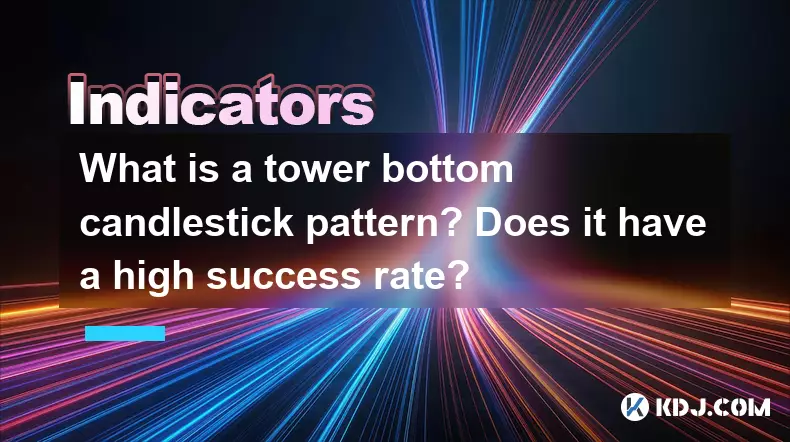
What is a tower bottom candlestick pattern? Does it have a high success rate?
Sep 22,2025 at 07:18am
Tower Bottom Candlestick Pattern Explained1. The tower bottom candlestick pattern is a reversal formation that typically appears at the end of a downt...
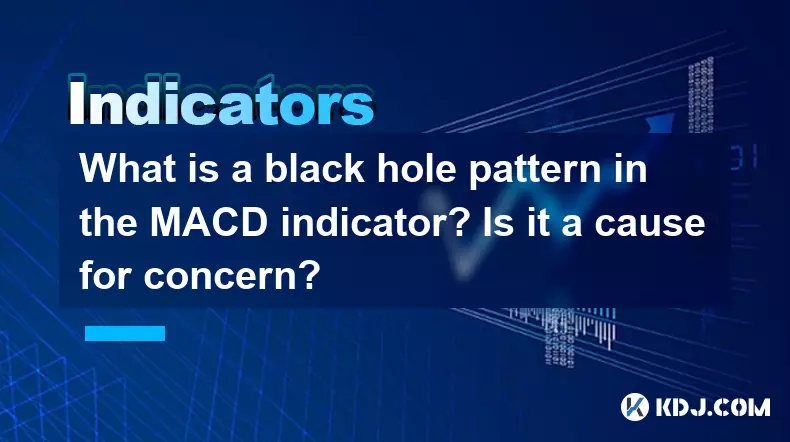
What is a black hole pattern in the MACD indicator? Is it a cause for concern?
Sep 21,2025 at 06:54pm
Bitcoin's Role in Decentralized Finance1. Bitcoin remains the cornerstone of decentralized finance, serving as a benchmark for value and security acro...

How can I use the psychological line (PSY) to determine market sentiment?
Sep 17,2025 at 02:19pm
Understanding the Psychological Line (PSY) in Cryptocurrency TradingThe Psychological Line, commonly referred to as PSY, is a momentum oscillator used...
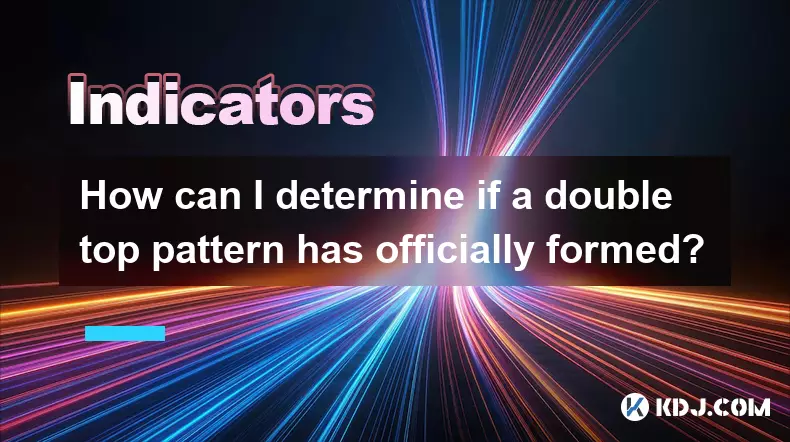
How can I determine if a double top pattern has officially formed?
Sep 21,2025 at 03:18am
Understanding the Structure of a Double Top Pattern1. A double top pattern consists of two distinct peaks that reach approximately the same price leve...
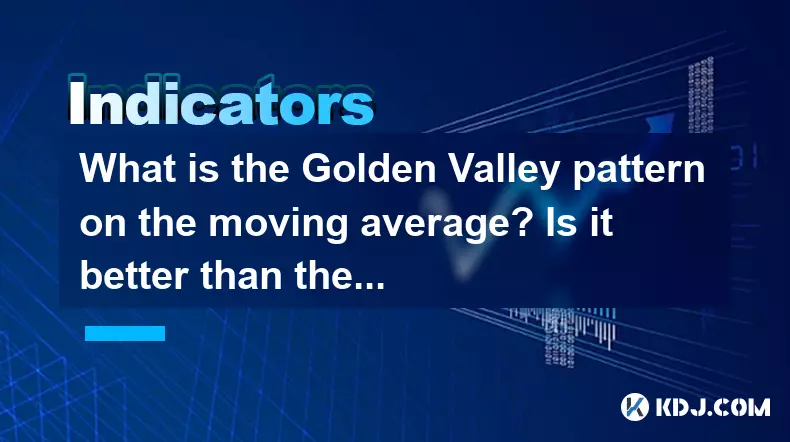
What is the Golden Valley pattern on the moving average? Is it better than the Silver Valley pattern?
Sep 21,2025 at 02:54pm
Understanding the Golden Valley Pattern in Moving Averages1. The Golden Valley pattern is a technical formation observed in cryptocurrency price chart...

What does a death cross of the RSI in the strong zone (above 50) mean?
Sep 17,2025 at 10:54pm
Understanding the Death Cross in RSI Context1. The term 'death cross' is traditionally associated with moving averages, where a short-term average cro...

What is a tower bottom candlestick pattern? Does it have a high success rate?
Sep 22,2025 at 07:18am
Tower Bottom Candlestick Pattern Explained1. The tower bottom candlestick pattern is a reversal formation that typically appears at the end of a downt...

What is a black hole pattern in the MACD indicator? Is it a cause for concern?
Sep 21,2025 at 06:54pm
Bitcoin's Role in Decentralized Finance1. Bitcoin remains the cornerstone of decentralized finance, serving as a benchmark for value and security acro...

How can I use the psychological line (PSY) to determine market sentiment?
Sep 17,2025 at 02:19pm
Understanding the Psychological Line (PSY) in Cryptocurrency TradingThe Psychological Line, commonly referred to as PSY, is a momentum oscillator used...

How can I determine if a double top pattern has officially formed?
Sep 21,2025 at 03:18am
Understanding the Structure of a Double Top Pattern1. A double top pattern consists of two distinct peaks that reach approximately the same price leve...

What is the Golden Valley pattern on the moving average? Is it better than the Silver Valley pattern?
Sep 21,2025 at 02:54pm
Understanding the Golden Valley Pattern in Moving Averages1. The Golden Valley pattern is a technical formation observed in cryptocurrency price chart...

What does a death cross of the RSI in the strong zone (above 50) mean?
Sep 17,2025 at 10:54pm
Understanding the Death Cross in RSI Context1. The term 'death cross' is traditionally associated with moving averages, where a short-term average cro...
See all articles























